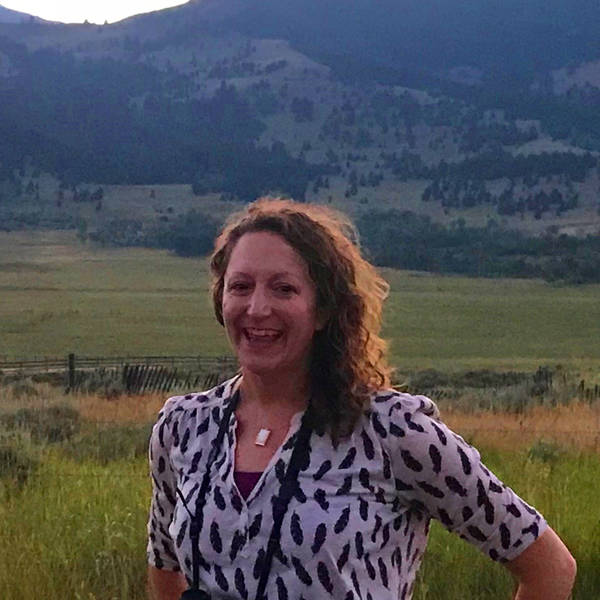Katmai is one of the best places in the world to see brown bears. How officials manage bear hunting in Alaska could affect their ability to thrive in this essential habitat.
I recently captured the true essence of seeing brown bears up very close and personal in the wild with my camera at Katmai National Park and Preserve. Joined by three colleagues and our passionate guide and partner in bear conservation, Dave Bachrach from AK Adventures, we departed from the coastal town of Homer via float plane, soaring over volcanoes, massive glaciers, and lush green mountains erupting from the water, before landing in Katmai National Park’s Hallo Bay.
Protected by thigh-high waders, our group stepped into the bay’s shallow waters and sloshed to shore, to be greeted by our first incredible treat of the day: a brown bear sow and her “teenager” cub, digging into sand left soft and pliable by the departing tide. The bears have developed a unique capability to supplement their early summer, pre-salmon-season diet of grasses and leftover berries by hunting for razor clams. We huddled together with two other small groups at the shoreline to watch and photograph this unforgettable moment: the bears digging into the sand, pulling out clams, slapping the shells open on their forearms (forepaws?), slurping out the briny meat, and discarding the shells. Wandering within ten feet of us at times, we might have felt fearful of these massive animals–and their equally impressive large claws and powerful jaws. Any sense of fear, however, was completely overshadowed by the joy of having such a pure and uncaged experience with these charismatic creatures.
Later in the day, we ate lunch in the grass while watching what can only be described as the bear version of playing hard-to-get. Again, the massive animals walked right by our group, completely uninterested in what we were doing or eating. Our guide explained that while the bears’ keen sense of smell allowed them to detect everything in our picnic, their appetites have not been spoiled by human food, making them unaware that our turkey sandwiches could be something that they would want to eat as well. The optimistic pessimist in me rejoiced that there are still some things we haven’t managed to screw up … yet.
As is the case with many species of “charismatic megafauna,” the brown bears have valid reasons to want to head for the hills. While I was able to enjoy an afternoon of up-close delight with nearly 20 brown bears in the national park portion of Katmai, in the park’s connected preserve, a war continues to escalate. At the battlefield are brown bears, hunters, and those like me, who will treasure bear-watching memories for a lifetime.
Like much of Alaska’s land managed by the National Park Service, Katmai National Park and Preserve’s 3.6 million acres gained protection though the Alaska National Interest Lands Conservation Act (ANILCA) of 1980. While hunting is prohibited in the national park portion of the land, the preserve provides subsistence hunters freedom to hunt bears. Sport hunters are also permitted, and some will hire hunting guides who have contracts to operate in the preserve. Some of these sport hunters will comfortably stand and shoot bullets within dozens of yards of these animals.
NPCA continues to follow the ways in which Alaska manages its wildlife population, through an ongoing saga between National Park Service regulations and those of the Alaska Board of Game, which is in charge of setting bag limits and season lengths for the state. The National Park Service is currently reviewing two proposed contracts for guided hunting in Katmai National Preserve. These contracts are a long-time source of concern for NPCA, and for visitors who wish to see these bears alive and thriving. Learn more about our most recent efforts to protect Katmai’s bears and sign up to stay informed on this ever-evolving issue and how you can help.
Love watching these bears? So does Kati. Check out a short video clip below that she captured on her recent trip to Katmai. You can also check out the park’s new webcam, set up where bears like to look for fish at Brooks Falls.
About the author
-
 Kati Schmidt Director, Communications, Northern Rockies, Alaska
Kati Schmidt Director, Communications, Northern Rockies, AlaskaKati Schmidt is based in Oakland, CA, and leads media outreach and communications for the Pacific, Northwest, Northern Rockies, Alaska, and Southwest regions, along with NPCA's national wildlife initiatives.